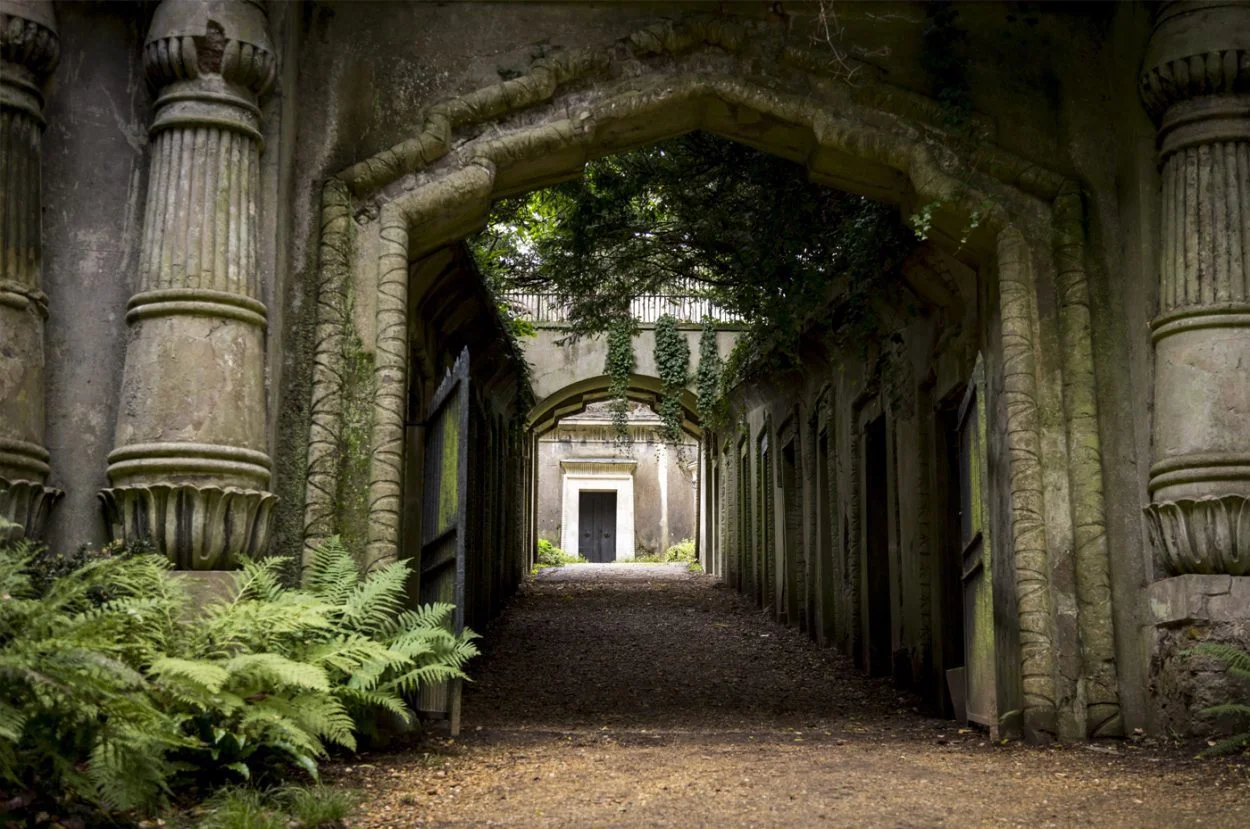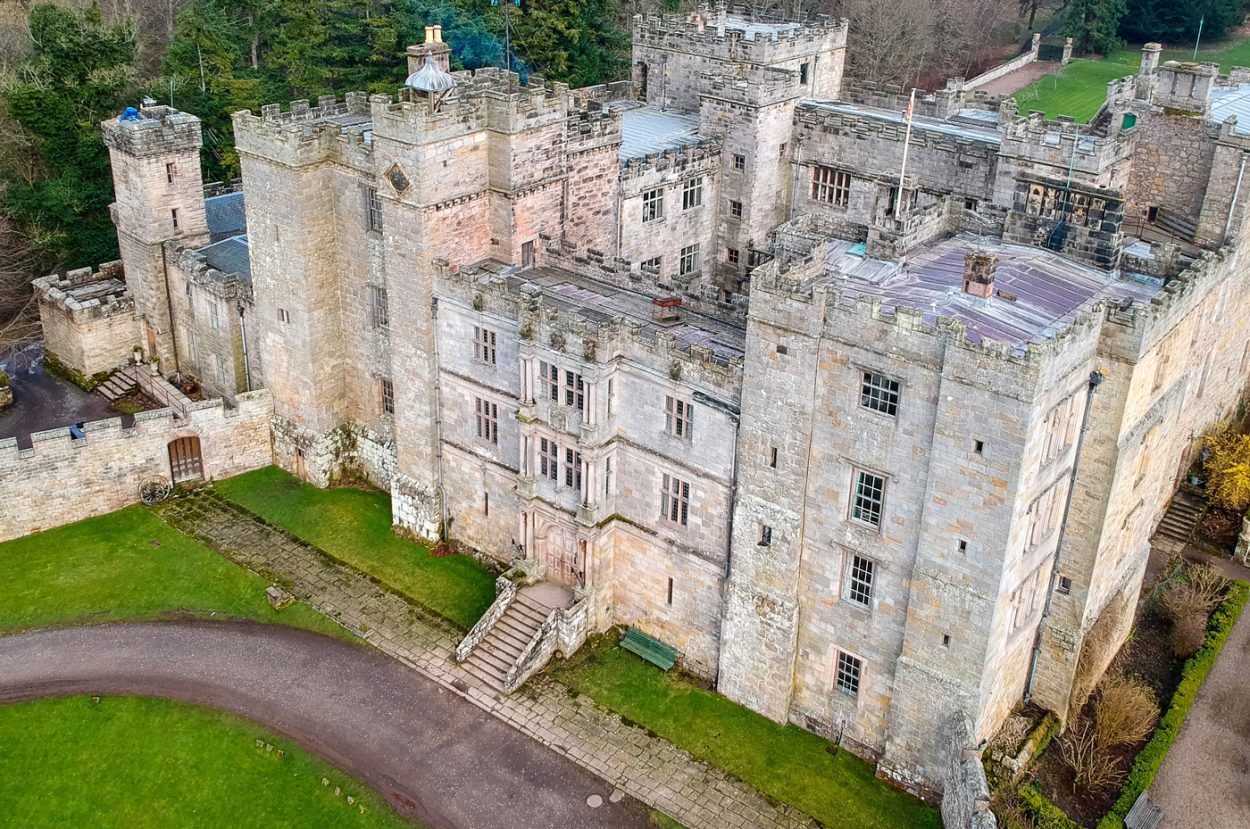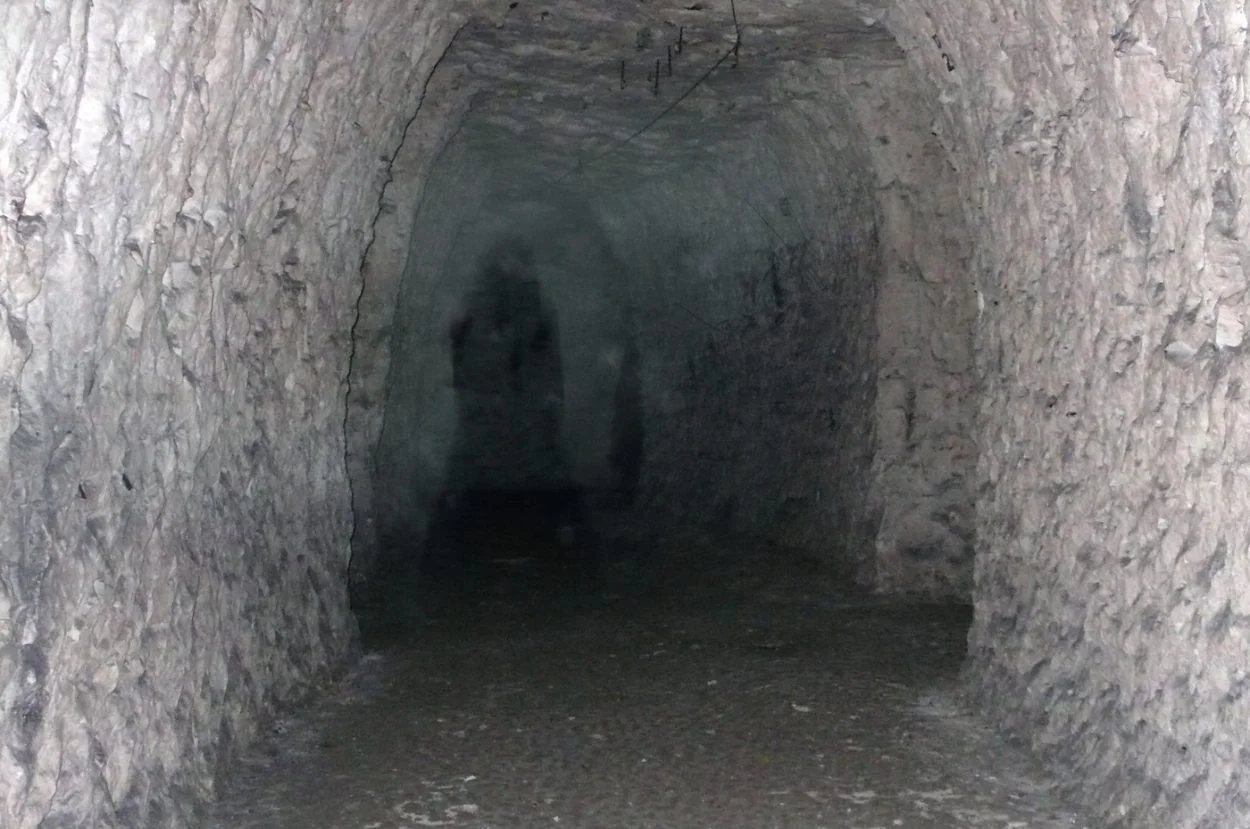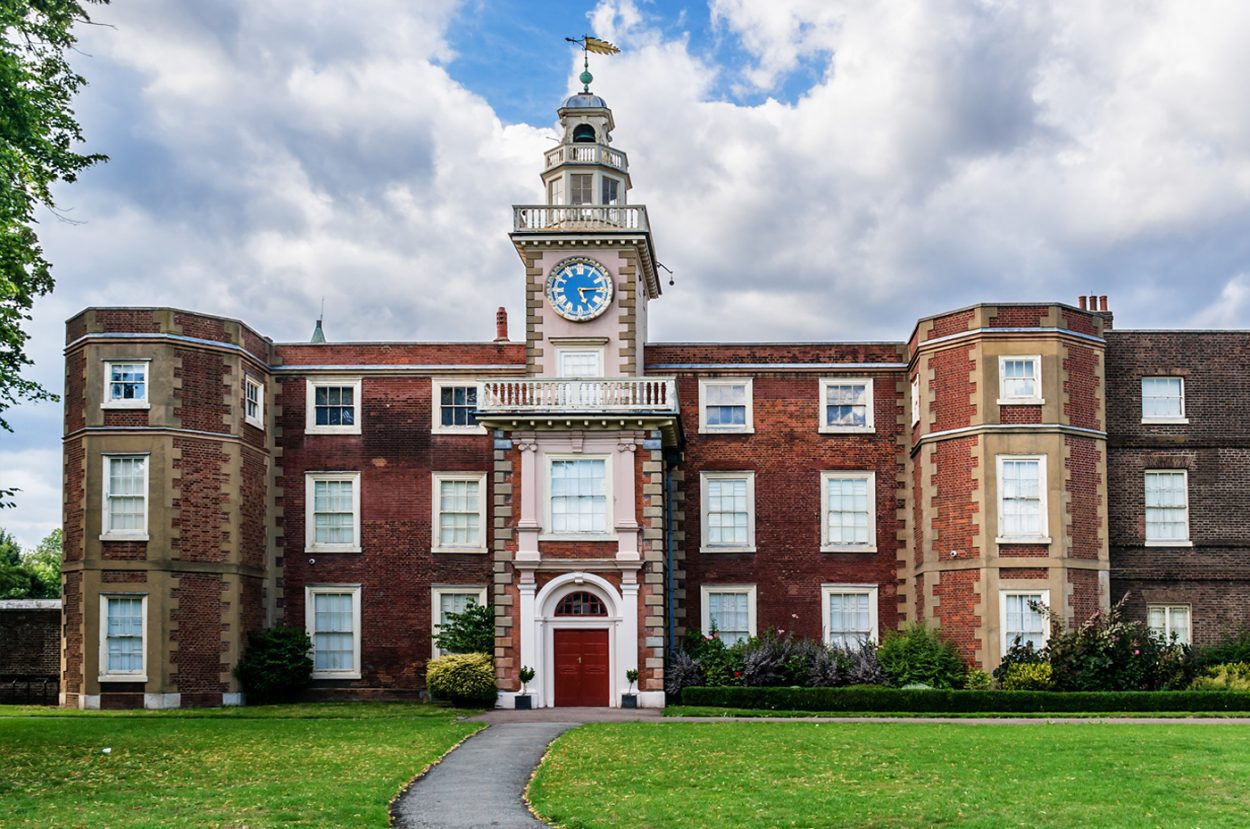With Halloween fast approaching, we’ve taken a rest from reporting on the latest discoveries and scientific methods, to take a fun look at some of the most haunted places in England.
Pendle Hill & The Pendle Witches
Pendle Hill in the Borough of Pendle, England, is a small, isolated hill in the Pennines, where the so-called Pendle Witches lived during the 1700’s. During this period, witchcraft was an accepted part of remote village life, where “witches” served small rural communities as healers and practitioners in herbs and medicine.
The story of the Pendle Witches starts on the road to Colne in 1612, where Alison Device cursed a pedlar, supposedly resulting in him collapsing to the floor in a state of paralysis or from a stroke. The incident was brought before Justice Nowell, where Alison confessed claiming she had been told by the Devil to lame the man, as well as accusing her own family members and the Chattox family of witchcraft that led to an investigation.
Trials were held at Lancaster castle, with the youngest member of the Device family testifying with damning evidence against the accused, resulting in 10 people being found guilty of witchcraft and sentenced to death by hanging (Old Demdike, the head of the Device family died whilst imprisoned in the castle whilst awaiting trial).
Over the years, the area around Pendle Hill has become a hotspot for paranormal activity, with numerous sightings of mysterious ghostly figures, the shadow of an eerie dog, and the claims that some of the hauntings are the tormented Pendle Witches.

Highgate Cemetery
Highgate Cemetery is one of the Magnificent Seven cemeteries in London, constructed during the 19th century to alleviate inner London’s crowded burial sites.
Graveyards in London had become crammed with bodies, with burials often being only a few feet deep. The smell of disease-ridden rotten bodies would try to be hidden with quicklime to speed up the decomposition, but that would do little to eliminate the risk of illness to those living nearby.
Parliament passed a statute to the effect that seven new private cemeteries would be opened, with Highgate Cemetery being constructed on the former grounds of the Ashurst Estate, descending the steep hillside from Highgate Village.
The cemetery became Victorian London’s most fashionable site for burial, with wealthy Londoners commissioning ornate chapels, tombs, or selecting extravagant graves as their final place of rest.
During the next century, multiple claims of ghosts were reported within the cemetery walls, described as a tall man in a hat, a spectral cyclist, a woman in white, a face glaring through the bars of a gate, a figure wading into a pond, a pale gliding form, bells ringing, and voices calling.
The most harrowing event took place on the night of Halloween in 1968. Rumours of the “Highgate Vampire” had spread across North London, resulting in the desecration of graves by persons unknown, who drove an iron stake in the form of a cross through a corpse to slay the beast from rising.

Chillingham Castle
Chillingham Castle is a medieval castle in the village of Chillingham, in the northern part of Northumberland, England.
The castle was originally founded as a monastery in the late 12th century, but during the 14th century was fortified with a license of crenellate, converting the site into a significant stronghold during Northumberland’s bloody border feuds with Scotland.
The Castle is one of the contenders for the highest levels of paranormal activity in England, with a large collection of spectres and apparitions such as the ghost of Lady Mary Berkeley (died 1719), the wife of Lord Grey of Wark and Chillingham who was abandoned by her faithless husband, and left to wander the castle halls broken hearted.
Other supposed spectres include a frail figure in white called the white pantry ghost, the ghost in the chamber, the blue boy, and the voices of two men heard muttering in the castle chapel.

Chislehurst Caves
Chislehurst Caves is an extensive complex of subterranean tunnels of uncertain origin, that stretch up to 35km in the suburbs of south London in Chislehurst, Bromley.
Despite being called caves, they are entirely man-made and were probably first constructed as a mine to extract the flint deposits in the London chalk layers.
It has been suggested that part of the cave system dates from up to 8000 years ago, but the first recorded mention was actually noted in medieval documents of circa 1250, and in post-medieval church records of 1737.
By World War II, the cave was transformed during the German bombing campaign of 1940 and 1941 (The Blitz) into one of London’s largest air raid shelters. At its peak, the cave was essentially an underground city, inhabited by some 15,000 civilians sleeping in three-tier bunks or small family pitches costing sixpence per week.
Within the caves is a chamber called the “haunted pool”, where claims of a lady dressed in white is often seen floating across the surface, with visitors also hearing the distant sound of strange and bizarre noises in the miles of dark corridors.

Bruce Castle
Bruce Castle is a manor house in Tottenham, London, named after the House of Bruce, who owned the land until Robert I of Scotland forfeited his holdings in England during his accession to the Scottish throne in 1306.
Sources disagree on the house’s initial construction date due to lack of historical records, although there is some archaeological evidence dating parts of the building to the 15th century.
The earliest known reference to the building dates from 1516, when Henry VIII met his sister Margaret, Queen of Scots, at “Maister Compton’s House beside Tottenham”, known as Lordship House.
In the 17th century, Henry Hare, 2nd Baron Coleraine, settled at Lordship House and renamed it Bruce Castle, where he had an affair with Sarah Alston. Sources speculate that his wife Constantia committed suicide in her grief, and now haunts the castle, flinging herself from a parapet with a despairing cry on the anniversary of her death.

The Treasurer’s House
The Treasurer’s House is a large townhouse situated in York, England. The house was constructed for the treasure of the Minster, until the position was terminated with the Reformation of the English Church in 1547.
Thomas Young, Archbishop between 1561 and 1568, and his descendants are responsible for the structure of house as it is today. The Young’s added the symmetrical front and almost entirely rebuilt the house, with the interior being remodelled and restored during the 19th century by Frank Green, a wealthy local industrialist.
During the works, Green discovered that the house was situated on a major Roman road leading north from Roman York (Eboracum). Also discovered were four Roman columns, one of which remains in-situ in the cellar, and one of which was used as a base for a modern set of columns in the main hall.
The house is reputed to be haunted by George Aislaby, a former owner from the 17th century, but the most intriguing claim is an account during the mid-20th century, where a plumber working on pipes in the cellar saw a Roman soldier emerge from the cellar walls, followed by a cart horse, and about nine or ten pairs of Roman infantry in a marching formation.

The Tower of London
The Tower of London (officially Her Majesty’s Royal Palace and Fortress of the Tower of London) is a historic castle situated in the City of London, England.
Named after the central keep called the White Tower, the earliest construction was built by William the Conqueror in 1078 to symbolise Norman suppression over London. The White Tower was the castle’s strongest point militarily, and provided accommodation for the king and his representatives.
Over the centuries, the Tower has served as a prison, an armoury, a treasury, a menagerie, the home of the Royal Mint, a public record office, and the home of the Crown Jewels of England. Even up until WW1 and WW2, the Tower was again used as a prison and witnessed the executions of 12 men for espionage.
It is claimed that many of those executed at the tower now haunts within the walls, with the most famous being Anne Boleyn who was beheaded for treason in 1536. Her ghost supposedly haunts the Church of St Peter ad Vincula in the Tower, and has also been seen walking around the White Tower carrying her severed head.
Other reported ghosts and apparitions include the Princes in the Tower, Henry VI, Lady Jane Grey, Margaret Pole, and even a bear.






